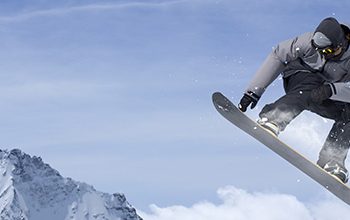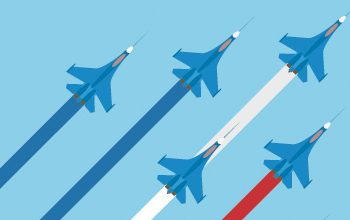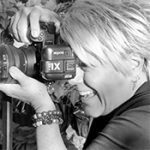
Photographing birds in flight is many things. Challenging, rewarding, and frustrating. It will without a doubt, test your patience. I have very little of that left, so, I’m not sure why I enjoy photographing them so much! Here are some basic tips to help you achieve better bird shots.
Use a fast shutter speed. An eagle in a normal flight flies 20-40 miles an hour. Diving for a fish they can fly at speeds up to 120mph. With that kind of speed, a shutter speed of at least 1/1000 sec or faster is needed. You may have to bump up your ISO to achieve that but today’s sensors are less noisy than ever even at 3200 ISO these days.
We all know a bright blue sky with maybe a few white fluffy clouds is ideal. It will also make your subject stand out more. You can’t control mother nature tho so you’ll have to be prepared for whatever sky you have but the type of sky & weather predicted might dictate when you go out.
Make sure you have your camera set on continuous focus. And if your camera has focus tracking, make sure you have it turned on. I can tell you from experience how frustrating it is to have a sweet shot of an eagle coming right at you. Only to find out it’s not as sharp as it should be.
Manual exposure all the way. Set your exposure for your surroundings. Not the sky. Maybe even underexpose .5 stop or so. The white on the head of an eagle can get blown out really fast.
Choosing the right lens. This can be one of the most difficult decisions you have to make. What lens to take, buy, borrow, or rent? Zoom or Prime? Great question. Both have advantages and challenges. Do you want a long fast heavy lens? (Thinking in the 400-600mm prime lens category here.) Or something not as heavy, but with possibly a slower F-stop like a 100-500 zoom? Do your homework on both. Only you can make that decision. Another idea is to check out what professional wildlife photographers use.
Anticipating the birds flight is easier said than done. Right?! This is where the patience comes in. Sit and watch what they do for a while before you start shooting. I keep bringing up eagles because they are my favorite bird to photograph. Where do eagles normally hang out? Where there is food of course. Look for fish jumping in a lake. Or a wounded or sick duck or goose. Easy prey for an eagle. Situational awareness is crucial.
More than likely you won’t get National Geographic quality images the first time out. And if you do, call me. I want to shoot with you!! It reminds me of the old joke about the lost tourist on the street asking a local, “How do I get to Carnegie Hall?” The locals reply. Practice, Practice, Practice!
In all seriousness though, when you go out to photograph birds. It doesn’t matter if it’s a robin in your backyard, or the great California condor, or anything in between. Please respect their habitat. For your safety and that of the wild birds.




















